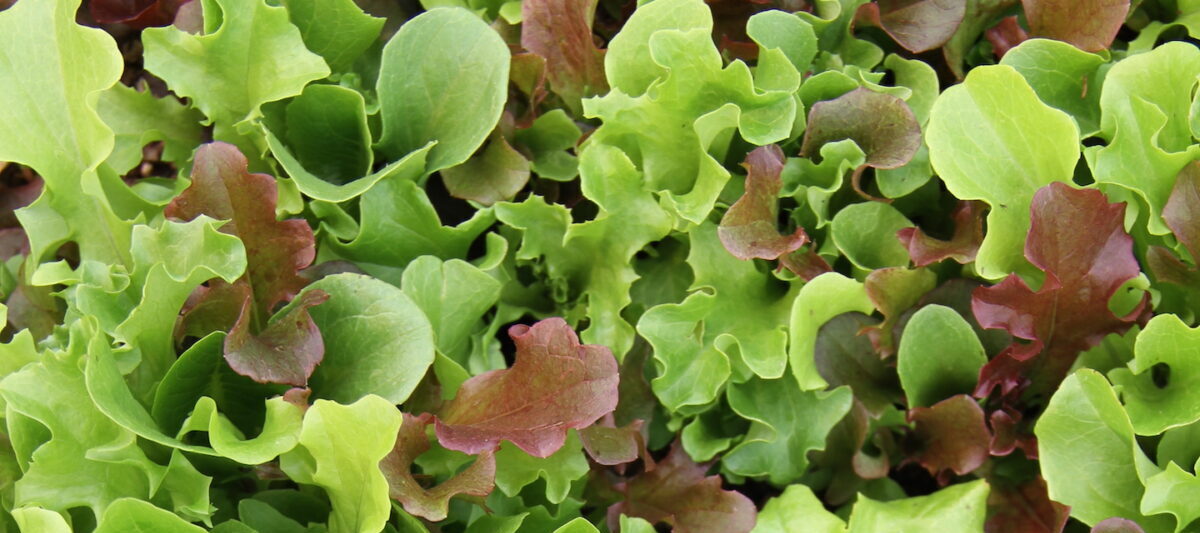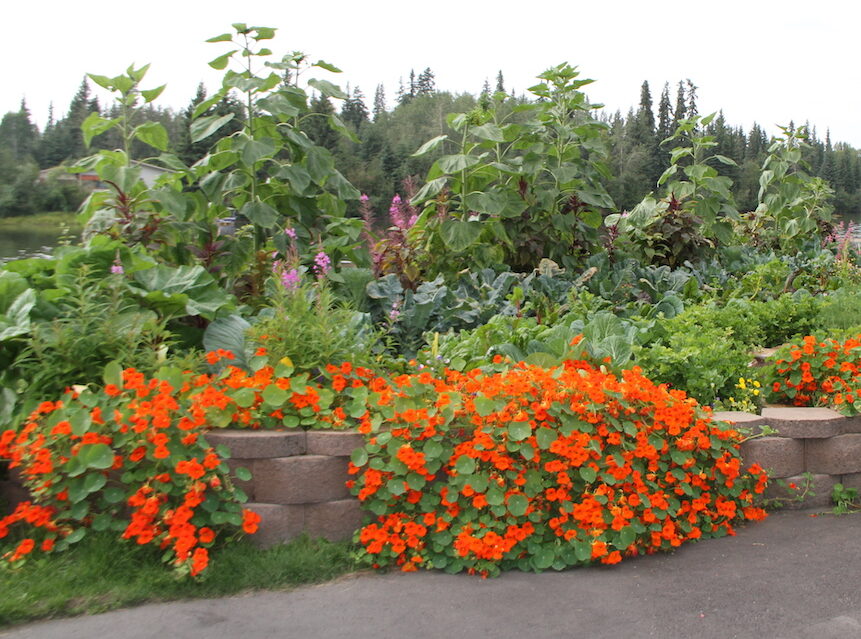When your dreams outsize your garden space, choose your crops wisely—here’s how.
Grow things you like to eat often. For me, that’s lettuce. I eat salad most days and sometimes twice a day. Salad is easy to make because, well, you don’t have to cook it. Simply wash, chop, toss and it’s ready. After a winter of eating salad greens with a whiff of decay, I relish fresh lettuce.

Grow fast-maturing crops. Don’t grow cabbage or Brussels sprouts, which can take 90 days or more to mature. Do grow crops such as baby lettuce mix, spinach or radishes, which mature in about 30 days. When you grow fast-maturing crops, you can grow some successive crops in the same space, upping your productivity per square foot. After the first crop matures and is harvested, remove its remnants, prepare the soil and plant again.
Leave the experimenting to the agricultural researchers. It can be tempting to see if you can grow a plump watermelon or ripe corn. They might reach maturity with a warm enough summer or an earlier enough start indoors, but they might not, and instead you’ll end up with inedible foliage. Best not to risk precious space on unreliable crops. This is a great resource if you want to learn more about choosing best varieties for where you live.
Grow expensive produce. Fresh basil, baby salad greens, snap beans and peas are spendy to buy but not that difficult to grow, so you’ll save a bundle by growing it yourself.
Grow crops that don’t store well. In my opinion, one of the top benefits of growing your own vegetables is that you can pick them just before dinner, when you need them. In other words, your garden doubles as your refrigerator. I have been known to fill up at the farmers market with lofty ambitions for cooking this and that. But the busy summer often gets in the way of my best-laid plans and before I know I have a fridge full of sad-looking herbs and wilted greens. In other words, grow things that are best eaten fresh so you can harvest them when needed. Buy produce at the farmers market that will last a week or two or three.
Grow up, not out. Peas, cucumbers, and tomatoes can and should be staked or trellised. Unlike sprawling crops such as cabbage and pumpkins, crops that grow vertically not horizontally optimize the use of your square footage.

Don’t plant in rows, plant in square feet. Planting in distinct rows, often recommended on the back of seed packets, may sacrifice space unnecessarily. This is especially true for raised beds. Rather than planting carrots or radishes, for example, in rows, simply broadcast the seed.

Grow things that can be eaten a little at a time. Numerous crops can be harvested gradually—kale, herbs, leaf lettuce, baby lettuce greens, and rhubarb are examples. So-called cut-and-grow-again crops keep your garden in continuous production.
My garden is smaller than what it used to be so I make use of this advice to prioritize my growing space. You can also use the tools provided in this post to help you plan your garden.
Previously published in the Fairbanks Daily News-Miner May 8, 2016. Updated January 7, 2021.
